Creating a recovery-safe environment is essential for long-term addiction recovery. The home and surroundings where a person spends their time significantly impact mental health, emotional wellbeing, and the ability to sustain recovery. By transforming your space into a supportive sanctuary, you can set the stage for long-term success in overcoming addiction.
Why a Recovery-Safe Environment Matters
Living in a recovery-safe environment directly influences the ability to avoid triggers, manage stress, and maintain focus. Addiction is shaped 50% by genetics and 50% by environment, making the spaces you inhabit crucial.
Negative environments — cluttered homes, chaotic family dynamics, or stressful workspaces — can trigger cravings, disrupt mental health, and increase the risk of relapse.
The Mental Health Benefits of a Supportive Space
A conducive environment for recovery reduces cravings and nurtures mental health by:
- Alleviating Stress: Clean, well-lit, and organized spaces reduce anxiety and create a sense of calm.
- Encouraging Positivity: A welcoming, uplifting atmosphere fosters emotional well-being and resilience.
- Improving Focus: Decluttered and distraction-free spaces make concentrating on therapy, personal growth, and recovery activities more manageable.
- Strengthening Emotional Stability: Safe spaces offer comfort and security, allowing individuals to process emotions and navigate challenges.
How to Create a Recovery-Friendly Home
Here’s how to make your home and surroundings a powerful ally in your recovery journey:
Start with a Clean Slate: A cluttered environment can lead to mental clutter, which can affect decision-making and trigger stress.
- Remove anything associated with past substance misuse, including paraphernalia or reminders of addiction.
- Declutter your home, focusing on areas like bedrooms and common spaces.
- Use the opportunity to donate or recycle old items, creating a fresh start and helping others in the process.
Let in the Light: Sunlight helps regulate circadian rhythms, improves mood, and reduces stress.
- Use thin curtains or blinds to allow natural light into your living spaces.
- Rearrange furniture to optimize sunlight in commonly used areas.
- At night, switch to warm-toned lighting to avoid disrupting sleep patterns.
Incorporate Personal Comforts: Personalized touches create a sense of ownership and comfort, fostering a connection to your space.
- Decorate your space with calming colors to promote relaxation.
- Add personal mementos, such as photos or keepsakes, that evoke positive memories.
- Use aromatherapy to reduce anxiety and promote tranquility.
Create Dedicated Recovery Spaces: Designated areas for recovery-related activities can improve focus and motivation.
- Set up a quiet corner or room for meditation, journaling, or therapy homework.
- Equip the space with calming elements like cushions, plants, or soft lighting.
- Dedicate a part of the home to physical wellness, such as yoga or light exercise, to encourage healthy routines.
Build Positive Social Dynamics: A supportive household is critical to sustaining recovery.
- Establish clear household boundaries, such as prohibiting substances on the premises.
- Encourage open and empathetic communication among family members.
- Attend family therapy sessions to strengthen bonds and address unresolved conflicts.
Foster a Connection with Nature: Outdoor environments promote relaxation, boost mood, and reduce stress.
- Spend time in parks to walk or relax.
- Incorporate nature indoors with houseplants or nature-inspired art.
- Consider creating a recovery-friendly garden, where nurturing plants can provide a sense of purpose and peace.
Stock Your Kitchen with Healthy Options: Proper nutrition aids physical and mental recovery, reducing cravings and boosting energy.
- Plan meals with nutrient-rich foods like whole grains, fruits, and vegetables.
- Keep easy-to-prepare snacks on hand to prevent hunger-driven stress.
- Avoid stocking sugary or processed foods that may impact mood and energy levels.
Prioritize Emotional Stability: Emotional balance helps mitigate the impact of stress and triggers.
- Incorporate stress-reducing practices like mindfulness or deep breathing.
- Journal regularly to process thoughts and emotions.
- If applicable, engage with an emotional support animal, as they can provide nonjudgmental companionship and comfort.
Stay Adaptable and Patient: Recovery is a long-term process, and your needs may change over time.
- Regularly evaluate your space to ensure it remains aligned with your evolving needs.
- Adjust routines, add new elements, or remove ones that no longer serve you.
- Celebrate small milestones to maintain motivation and positivity.
An Environment Made For You
Transforming your home and surroundings into a recovery-friendly environment is a decisive step toward long-term addiction recovery. A safe, supportive space reduces triggers, nurtures mental health, and fosters personal growth. Incorporating these actionable strategies and maintaining patience and adaptability allows you to create a sanctuary that empowers you to thrive in recovery and beyond.
If you or a loved one are struggling with addiction or co-occurring disorders, call the New England Recovery Center today at 1-877-MyRehab.










